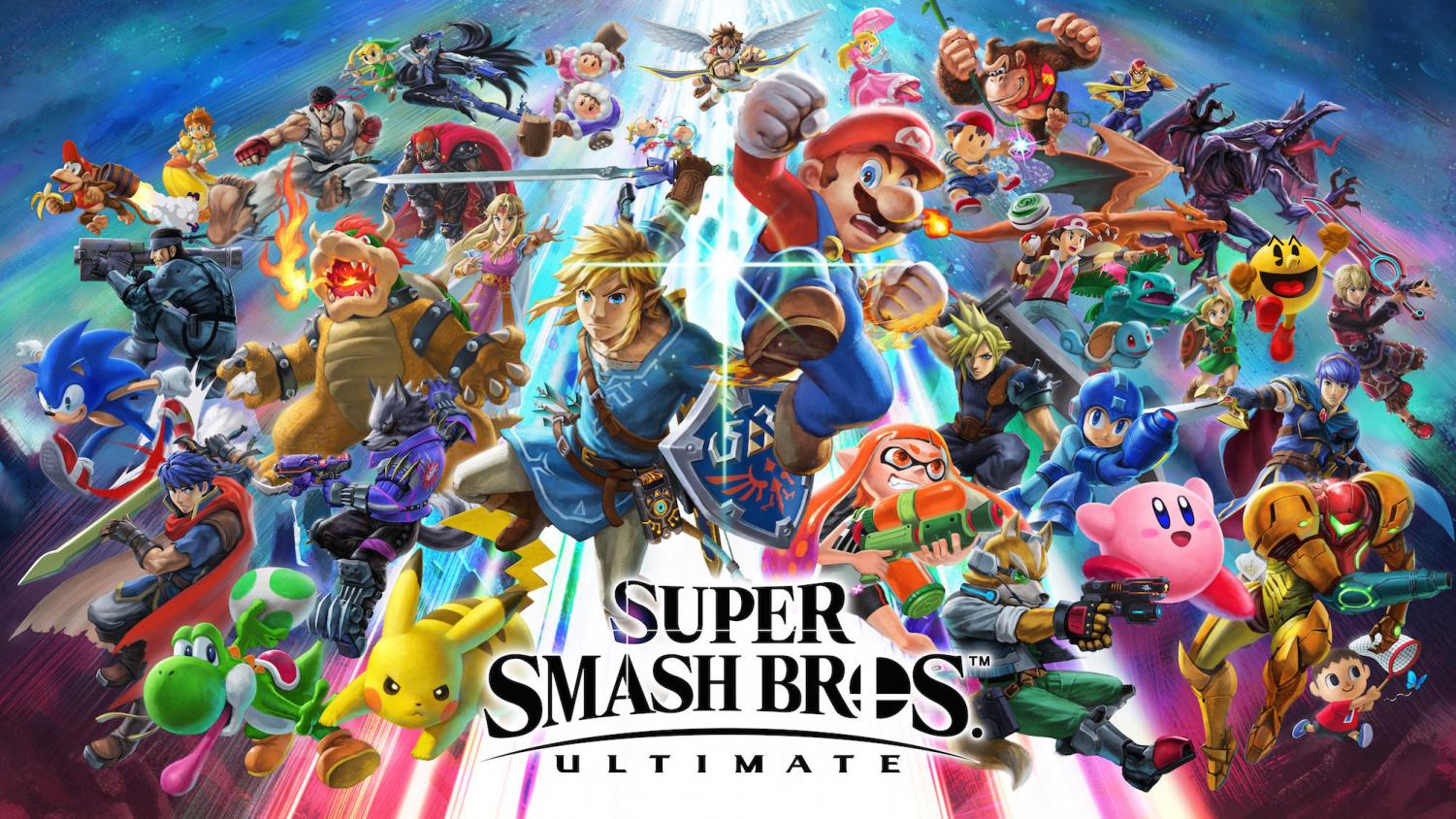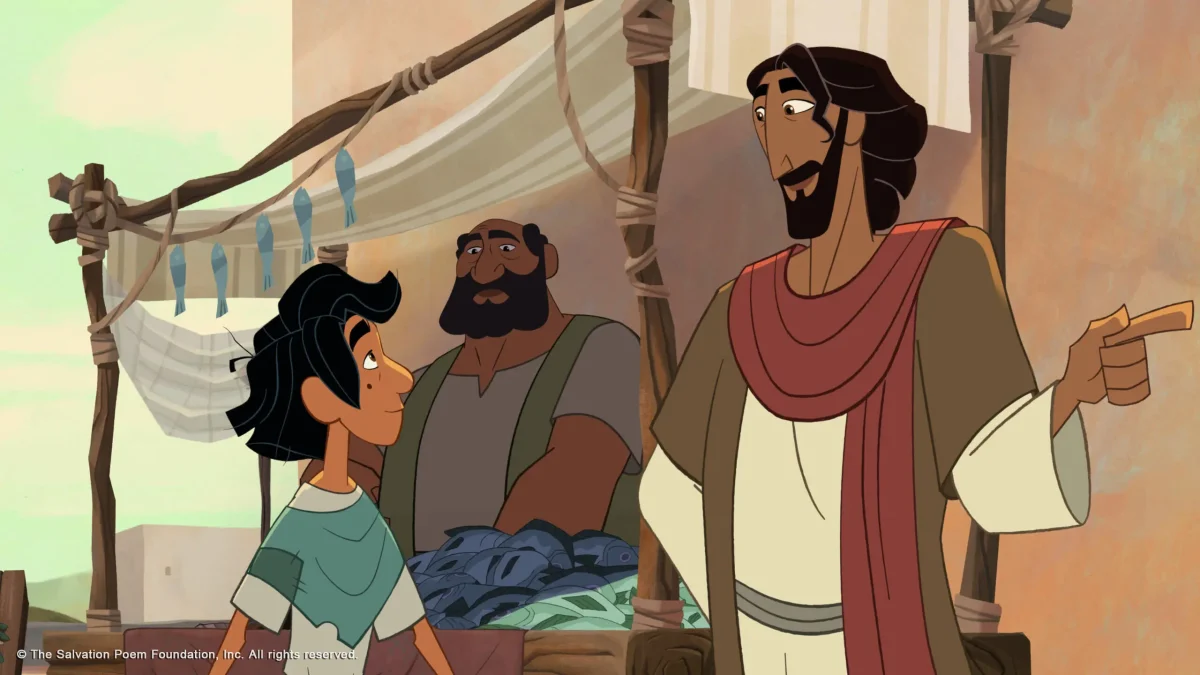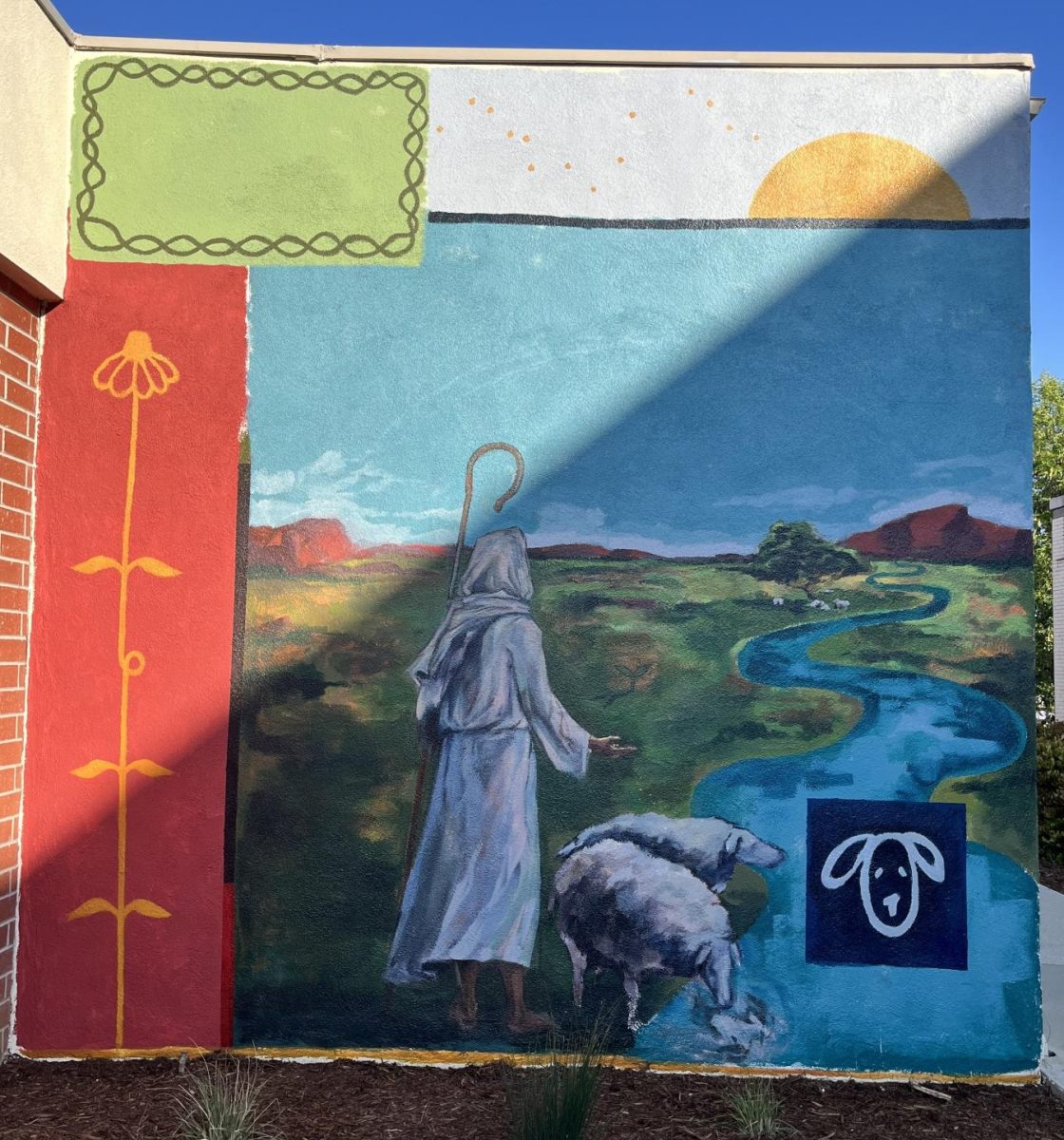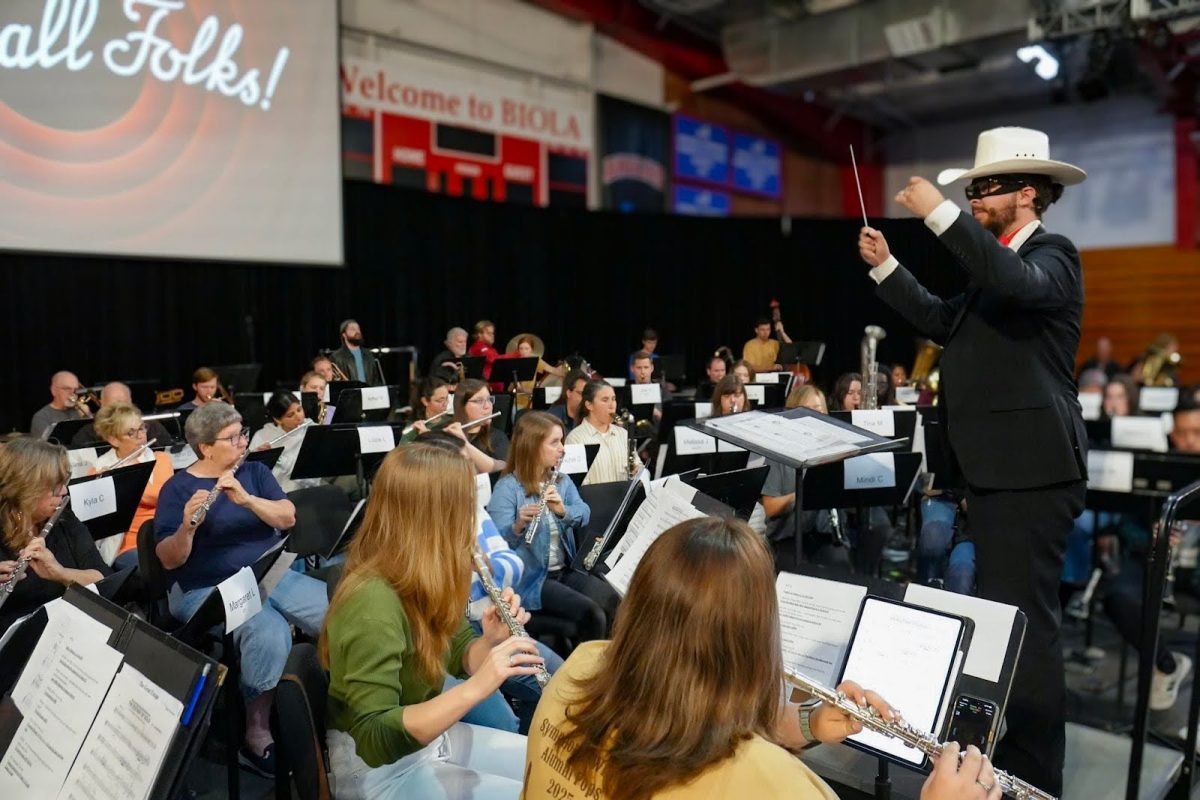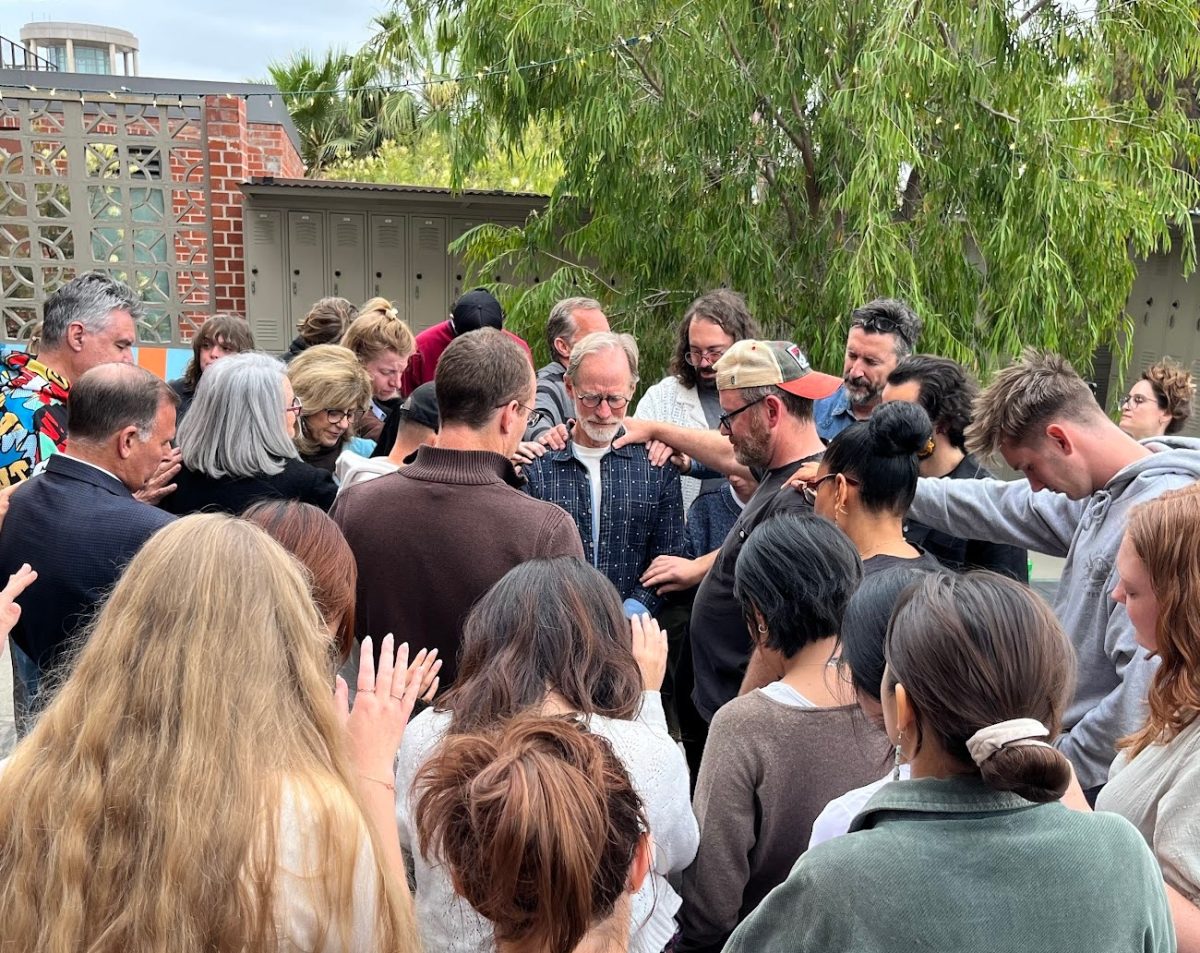Few games are able to evoke overwhelming emotions of nostalgia like those of Nintendo can and the gaming giant has successfully managed to reignite those very feelings, on top of fresh and new experiences, in “Super Smash Bros. Ultimate,” the latest installment in the beloved, two-decade old franchise.
Since June’s Electronic Entertainment Expo, game director Masahiro Sakurai has promised that all characters and stages from previous titles will be present in the game’s release. Sakurai has kept his word. With over 74 characters in “Ultimate’s” roster, the game is filled to the brim with mainstays and new characters alike, as well as over 108 stages—the most the franchise has ever had. Players can see the amount of attention to detail and love that went into the beloved mascots and locales of video gaming history, breathing new life with perhaps the best visuals in a “Smash Bros.” game to date.
Not only do the graphics look fresh, but the gameplay is anything but stale. “Ultimate” has gone through a major overhaul, throwing out familiar mechanics like consistent dodging and air-dodging for a faster-paced and more skill-based game. Parrying foes’ attacks, reminiscent of more traditional fighting games like “Street Fighter,” is now a staple of “Ultimate,” relying heavily on the player’s ability to predict enemy attacks and follow-up with a devastating counterattack. And to top it all off, everyone here moves faster. Much faster. Many rounds will be played. Many rounds—and stocks—will be lost.
Perhaps that is a good thing, however. Not only is going toe-to-toe with your rivals exhilaratingly fun, but it is downright necessary. “Ultimate” begins by handing the player the smallest starting roster to date, the “Original Eight” veterans of the first “Smash Bros.,” and the way to unlock the remaining 66 is to, you guessed it, continue to smash.
But “Ultimate” has more methods to unlocking much wanted characters than fighting friends or dreaded Level 9 CPUs. “Classic mode,” a game mode where players take characters through multiple levels before fighting the iconic Master Hand, has also gone through a revamp. Each character’s mode is now specially designed and tailored to fit the games that the character is from. Link, of “The Legend of Zelda” fame, fights characters representative of villains from his home game including a dramatic showdown with his franchise’s villain Ganondorf, and “Street Fighter’s” Ryu has all of his fights turned to stamina matches instead of the usual stock lives, reminiscent of the health bar system in “Street Fighter.”
Adventure mode, missing since 2008’s “Super Smash Bros. Brawl,” also makes its return, where players embark on a quest to save the Super Smash Bros. universe, rescuing and unlocking new characters along the way across a gigantic overworld, packed with over 500 unique fight scenarios along the way.
“Ultimate” is not an easy game, however. Like it is with previous “Smash Bros.” titles, getting into the game is easy, but mastering it is a feat that few in accomplish, especially given how steep the learning curve of “Ultimate” is. Even lifelong players may stumble when booting up the game for the first time. The first hours of “Ultimate” were perhaps the most frustrating hours I have ever spent playing a “Smash Bros.” game. I trudged through many defeats to unlearn many mechanics that had become second-nature in order to grow accustomed to the new ones. But going through these failures only made the experience that much more rewarding. As losses steadily turned into victories and bouts of rage and frustration transformed into moments of pride and accomplishment, there is a definite player progression in “Ultimate,” and there is a certain beauty in hearing your victory fanfare after being pummeled for so long.
More is still yet to come, with DLC and updates already confirmed, paving a bright road for the game’s future and longevity. And the ride is just getting started.



